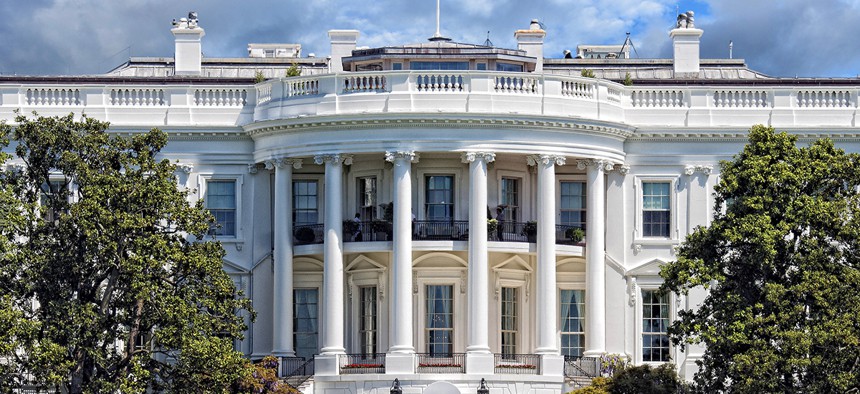How to Continue FITARA’s Momentum in the Next Administration

Andrea Izzotti/Shutterstock.com
With an administration shift, the people appointed sometimes “don’t even know how to spell ‘information technology,'" one former agency CIO said.
In the words of one of the State Department’s top tech officials, it’s going to be important for federal agencies to “continue the minutia” steadily built in the 18 months since the Federal Information Technology Acquisition Reform Act became law.
Minh-Hai Tran-Lam, State’s acting deputy chief information officer for business management and planning, said her agency has spent the past year and a half using FITARA to solidify its IT foundation. Speaking at an event hosted by Nextgov, she stressed that carrying forward that momentum ought to be a priority for agencies regardless of what administration voters elect come November.
But how, exactly, should agencies go about doing that?
“I really think right now is a key time that agencies should be adhering to policy directives, operationalizing institutional and budget processes and making those changes,” said Richard Spires, former CIO at the Internal Revenue Service and the Homeland Security Department. Spires is now the chief executive officer of Learning Tree International.
“Once a new administration comes in, my observation having lived through [a presidential transition] is that if something is working pretty well, they won’t focus on that,” Spires said. “Getting some of that plumbing to work with FITARA is critical.”
» Get the best federal technology news and ideas delivered right to your inbox. Sign up here.
When new administrations come in, Spires said, the people appointed sometimes “don’t even know how to spell ‘information technology.’”
“You can shorten the learning curve so you don’t lose too much time,” Spires said. “It takes years for them to learn what it takes to deliver IT effectively to government. My big fear is that the good momentum will just fall.”
Simplicity is key, said Bob Rovinsky, senior adviser in the Office of IT Policy and Planning at the Commerce Department. Emphasizing the importance of FITARA by using government acronyms and complex IT terminology to politicals and next-administration newcomers would be counterproductive.
Imagine taking with an agency newbie about the importance of COBOL or FORTAN as programming languages vital for the agency’s old IT systems. Once their eyes are done glazing over, you’ll have lost not only their attention, but probably their interest in doing what they can to improve IT at the agency.
Rather, Rovinsky said it’s best to explain tech in terms that will make them care.
“Our responsibility is to speak to them in a language that makes sense,” Rovinsky said. “Most people understand how critical IT is to their lives. We need to be able to talk about the internet of things, cloud and things people understand, rather than the things we’ve talked about for so many years.”
Jonathan Alboum, CIO for the Agriculture Department, suggested the best way to gain their full attention regarding FITARA and other IT directives is tying them to security. In the early days of a new administration, Alboum said, there's “a lot of pressure to get things done quickly.”
Speed, however, doesn’t always mesh with security, and Alboum said if there’s anything that will get people’s attention within an agency, it’s the word “breach.”
“Sometimes, quickly and securely don’t sync up,” Alboum said. “The best way to begin this conversation is to talk about the risks to information security, data loss and impact to delivery of services.”






